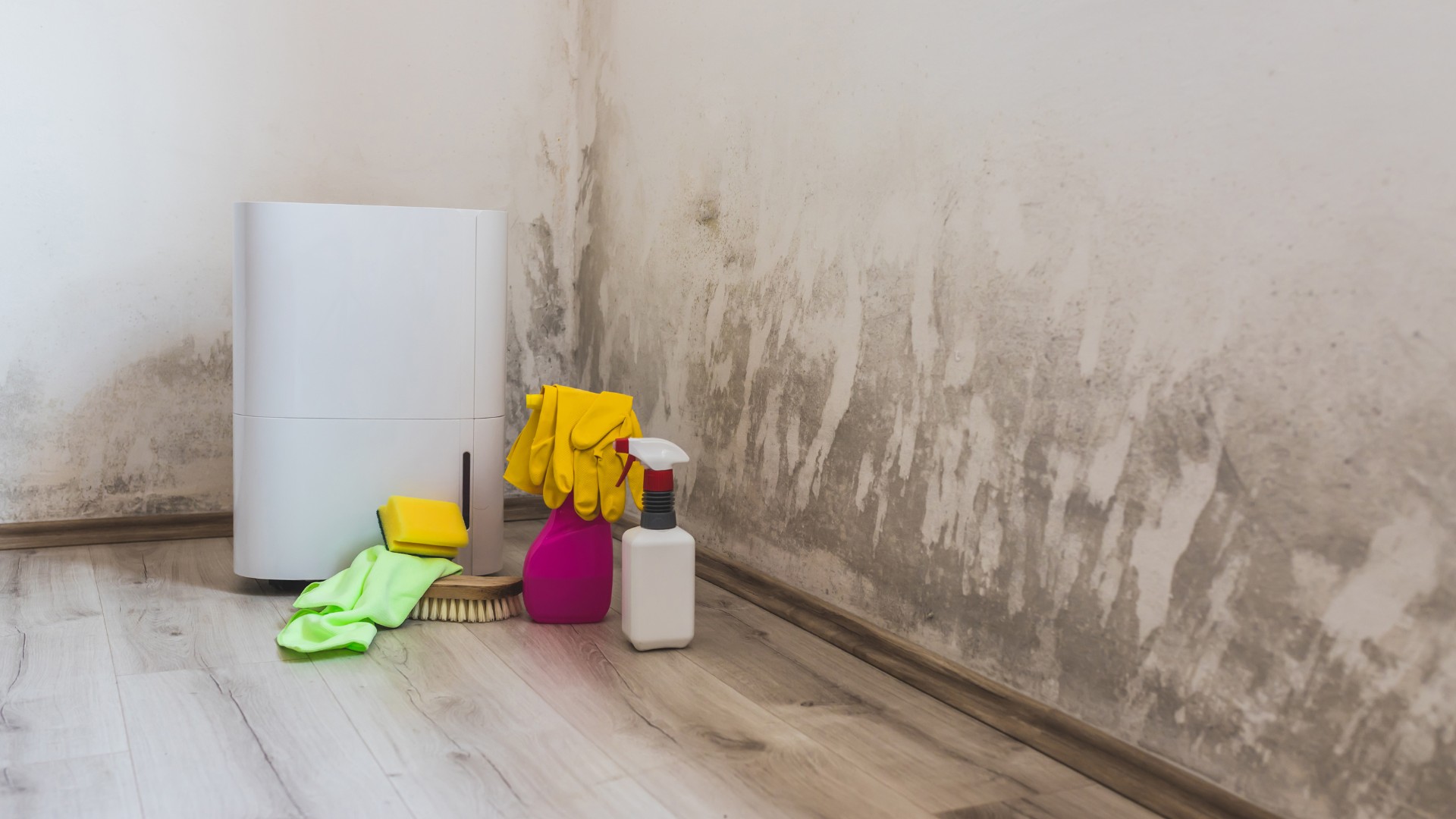

Articles
How To Keep Basement Dry Without Dehumidifier
Modified: October 31, 2024
Learn effective ways to keep your basement dry without using a dehumidifier. Discover helpful articles and tips for preventing moisture build-up.
(Many of the links in this article redirect to a specific reviewed product. Your purchase of these products through affiliate links helps to generate commission for Storables.com, at no extra cost. Learn more)
Introduction
Welcome to the ultimate guide on how to keep your basement dry without using a dehumidifier. If you have a basement, you may have experienced the frustration of dealing with excess moisture. Dampness, musty odors, and even mold growth can make your basement an uninviting space.
While dehumidifiers can certainly help control basement moisture, they may not always be the most convenient or cost-effective solution. Fortunately, there are other methods you can implement to keep your basement dry and comfortable.
In this article, we will explore the underlying causes of basement moisture, provide tips on how to assess and improve basement drainage, and discuss effective strategies for managing humidity levels. We will also cover installation of vapor barriers, utilization of natural ventilation, and efficient moisture absorption techniques. Additionally, we will delve into the importance of maintaining proper insulation and conducting regular inspections and maintenance to prevent future moisture issues.
By the end of this guide, you will have a comprehensive understanding of how to maintain a dry and healthy basement without relying solely on a dehumidifier. So, let’s dive in and discover the secrets to a dry and comfortable basement space!
Key Takeaways:
- Say goodbye to a damp basement! Learn how to keep your basement dry without a dehumidifier by addressing drainage, ventilation, insulation, and moisture absorption. Regular maintenance is key to a healthy environment.
- Combat basement moisture with natural ventilation, vapor barriers, and efficient drainage. Inspect and maintain your basement regularly to prevent costly repairs and ensure a comfortable living space.
Read more: How To Keep Your Basement Dry
Understanding the Causes of Basement Moisture
Before diving into the methods of keeping your basement dry, it’s important to understand the common causes of basement moisture. By identifying these underlying issues, you can effectively address them and prevent future moisture problems.
1. Water Seepage: One of the major causes of basement moisture is water seeping through cracks in the foundation walls or floor. This can occur due to poor waterproofing, improper grading around the foundation, or hydrostatic pressure from groundwater.
2. Condensation: Basement condensation happens when warm, humid air comes into contact with cool surfaces, such as concrete walls or floors. This can lead to water droplets forming on these surfaces, contributing to dampness and potential mold growth.
3. Leaking Plumbing: A leaking pipe or plumbing fixture in the basement can introduce excess moisture into the space. Even a small drip can accumulate over time and result in high humidity levels.
4. Poor Drainage: If the grading around your home is improper, rainwater can accumulate near the foundation and find its way into the basement. Poorly functioning gutters and downspouts can also contribute to excessive moisture.
5. Groundwater: In some cases, high water tables or heavy rainfall can cause groundwater to seep into the basement. This can result in significant moisture issues if the foundation is not properly sealed.
6. Lack of Ventilation: A poorly ventilated basement can trap moisture inside and prevent it from drying out. Without proper air circulation, humidity levels can rise, leading to a damp and uncomfortable environment.
By understanding these common causes of basement moisture, you can take appropriate measures to address them and prevent further problems. In the following sections, we will explore various methods to assess and improve basement drainage, control humidity levels, and mitigate moisture issues in your basement.
Assessing and Improving Basement Drainage
Effective basement drainage is crucial in preventing water infiltration and moisture buildup. By evaluating and improving the drainage system in your basement, you can significantly reduce the risk of dampness and water damage. Here are some steps to assess and improve basement drainage:
1. Inspect Gutters and Downspouts: Start by examining the gutters and downspouts around your home. Ensure they are free from debris and properly directed away from the foundation. Clogged or misaligned gutters can cause water to overflow and seep into the basement.
2. Check for Foundation Cracks: Inspect the foundation walls and floor for any visible cracks or gaps. These openings can allow water to seep into the basement. Seal any cracks with a high-quality epoxy or hydraulic cement to prevent water infiltration.
3. Improve Exterior Grading: Ensure that the ground around your home is properly graded to slope away from the foundation. This helps direct water away from the basement and prevents pooling near the walls.
4. Install Window Well Covers: If your basement has windows that are below ground level, installing window well covers can prevent rainwater from entering and causing flooding. These covers also help to keep debris and pests out of the window wells.
5. Add French Drains: French drains are a great solution for managing groundwater around your basement. They consist of a perforated pipe surrounded by gravel or rock. The drain intercepts and diverts water away from the foundation, preventing it from entering the basement.
6. Consider Exterior Waterproofing: If you are facing persistent basement moisture issues, it may be worth considering exterior waterproofing. This involves applying a waterproof barrier to the outside of the foundation walls to prevent water from seeping through.
Remember, improving basement drainage is an ongoing process. Regularly inspect your gutters, downspouts, and overall drainage system to ensure they are functioning optimally. By addressing these drainage issues, you can create a drier and healthier basement environment.
Addressing Exterior Sources of Moisture
Exterior sources of moisture can greatly contribute to basement dampness and mold growth. By identifying and addressing these sources, you can prevent water infiltration and minimize the risk of moisture-related problems in your basement. Here are some effective ways to address exterior sources of moisture:
1. Inspect and Maintain Your Roof: A well-maintained roof is crucial in keeping moisture out of your home. Check for any damaged or missing shingles that could allow water to seep into the attic and eventually make its way down to the basement. Regularly clean gutters and downspouts to ensure proper water drainage.
2. Repair Cracks in Exterior Walls: Inspect your home’s exterior walls, especially around windows and doors, for any cracks or gaps that could let water in. Seal these openings with a high-quality caulk or silicone sealant to prevent water infiltration.
3. Properly Grade Your Landscape: The slope of the land around your home plays a significant role in directing water away from the foundation. Ensure that the ground is properly graded to slope away from the house. This helps prevent water from pooling near the foundation and seeping into the basement.
4. Install Adequate Drainage Systems: Consider installing exterior drainage systems, such as French drains or swales, to divert water away from the foundation. These systems collect and redirect water before it has a chance to penetrate into the basement.
5. Keep Vegetation Away from the Foundation: Trim back any bushes, shrubs, or trees that are in close proximity to your home’s foundation. Overgrown vegetation can trap moisture against the walls, leading to increased humidity and potential water infiltration.
6. Use Waterproofing Sealants: Apply a waterproofing sealant to the exterior walls of your basement to create an extra layer of protection against moisture. These sealants act as a barrier, preventing water from seeping into the walls and causing dampness.
Addressing exterior sources of moisture is essential in maintaining a dry basement. By regularly inspecting and maintaining your roof, repairing any cracks in the exterior walls, and ensuring proper grading and drainage, you can minimize the risk of water infiltration and keep your basement free from moisture-related issues.
Installing an Effective Vapor Barrier
A vapor barrier is a critical component in preventing moisture from seeping into your basement. It is a plastic or foil sheet that is applied to the walls or floors of the basement to create a barrier against water vapor. Installing a vapor barrier can help control humidity levels and minimize the risk of condensation and mold growth. Here’s how you can install an effective vapor barrier:
1. Prepare the Surface: Before installing the vapor barrier, ensure that the walls or floors are clean and dry. Remove any existing mold or mildew using a suitable cleaning solution. Repair any cracks or damage to the surfaces and allow them to fully dry before proceeding.
2. Choose the Right Material: Select a high-quality vapor barrier material that is specifically designed for basement use. Look for a material with a high perm rating, which indicates its ability to resist moisture. Generally, 6-mil thick polyethylene sheets are commonly used for vapor barriers.
3. Measure and Cut: Measure the length and height of the walls or floors and cut the vapor barrier sheets accordingly. It’s important to leave a few inches of excess material at the top and bottom to ensure proper coverage.
4. Apply the Barrier: Start by attaching the vapor barrier to the highest point of the wall or floor using construction adhesive or mechanical fasteners. Ensure that the material is tightly secured and free from wrinkles or gaps. Overlap each sheet by a few inches and seal the seams with vapor barrier tape for added protection.
5. Install Drainage Channels: If you anticipate potential water intrusion through the walls, consider installing drainage channels before applying the vapor barrier. These channels collect and divert any water that may seep through the exterior walls, preventing it from reaching the interior.
6. Finish the Installation: Once the vapor barrier is installed, you can finish the basement walls or floors with framing, insulation, or other desired finishes. Ensure that any openings for electrical outlets or plumbing fixtures are properly sealed to maintain the integrity of the vapor barrier.
Remember that installing a vapor barrier is not a one-time solution. Regularly inspect the barrier for any signs of damage or deterioration and make repairs as needed. By properly installing and maintaining a vapor barrier, you can effectively reduce moisture infiltration and create a drier environment in your basement.
Utilizing Natural Ventilation
Natural ventilation is an effective and eco-friendly method of reducing basement moisture and improving air circulation. By harnessing the power of fresh air, you can reduce humidity levels and create a healthier environment in your basement. Here’s how you can utilize natural ventilation in your basement:
1. Open Windows and Doors: The simplest way to introduce fresh air into your basement is by opening windows and doors. It allows for natural airflow and helps circulate stagnant air. During mild weather conditions, keeping windows and doors open for a few hours each day can significantly improve ventilation.
2. Install Window Fans: Consider installing window fans to promote air exchange and enhance ventilation. These fans can be placed in basement windows to draw in fresh air from outside and expel stale air from the basement. Position the fans strategically to create a cross-ventilation effect.
3. Use Ventilation Ducts: Install ventilation ducts or pipes to facilitate the movement of air in and out of the basement. This can be done by connecting the basement to an existing HVAC system, allowing conditioned air to reach the basement and helping to expel stale air.
4. Create Airflow Pathways: Ensure there are clear pathways for air to flow throughout the basement. Avoid blocking vents or obstructing air circulation with furniture or other items. Keep the basement layout open and uncluttered to promote good airflow.
5. Utilize Exhaust Fans: Install exhaust fans in areas prone to producing moisture, such as bathrooms or laundry rooms in the basement. These fans will help remove excess humidity and prevent moisture from lingering in the air.
6. Consider Window Well Ventilation: If your basement has window wells, you can enhance natural ventilation by installing vented window well covers. These covers have built-in vents that allow for airflow while still providing protection against debris and pests.
Remember, natural ventilation works best when outdoor weather conditions permit. Take advantage of breezy days or times when the outdoor humidity is low. Regularly monitor and adjust the natural ventilation strategy based on weather conditions and the overall humidity level in your basement. By utilizing natural ventilation, you can improve air quality, reduce moisture levels, and enhance the overall comfort of your basement space.
Ensure proper ventilation by using exhaust fans and opening windows regularly. Fix any leaks or cracks in the foundation and walls to prevent moisture from seeping in. Use waterproof sealants on walls and floors to create a barrier against moisture.
Controlling Humidity Levels with Proper Air Circulation
Proper air circulation is essential for controlling humidity levels in your basement. Good airflow helps to prevent the buildup of excess moisture and create a more comfortable environment. By implementing these strategies, you can effectively control humidity levels and reduce the risk of mold and mildew growth:
1. Use Fans: Place fans strategically throughout the basement to promote air movement and circulation. Ceiling fans, floor fans, or portable fans can all help to circulate air and prevent stagnant pockets of moisture. Aim the fans to blow air towards damp areas or near windows for optimal circulation.
2. Create Ventilation Pathways: Ensure that there is a clear pathway for air to flow in and out of the basement. Keep furniture and other obstructions away from vents or windows to allow for unobstructed airflow. This will help prevent moisture from becoming trapped and reduce the risk of stagnant air.
3. Utilize Air Conditioners and Dehumidifiers: Air conditioners not only cool the air but also help to remove excess moisture. Running your air conditioner during humid months can effectively control humidity levels in your basement. Additionally, consider using a dehumidifier specifically designed for basement use to further reduce moisture in the air.
4. Open Windows and Doors: Whenever weather conditions permit, open windows and doors to facilitate natural ventilation. This allows fresh air to enter the basement and helps to remove stale air and excess moisture. Be mindful of outdoor humidity levels and avoid opening windows on humid days.
5. Monitor and Control Moisture Sources: Identify and address any sources of moisture in the basement. Fix leaking pipes or plumbing fixtures promptly, and repair any water seepage issues. By controlling and eliminating sources of moisture, you can effectively reduce humidity levels in the basement.
6. Utilize Desiccant Packs: Place desiccant packs in areas prone to excess moisture, such as cabinets or storage spaces. These packs absorb moisture from the air and help to maintain a drier environment. Replace desiccant packs regularly as they become saturated.
Remember to regularly monitor humidity levels in your basement using a hygrometer. The ideal humidity level for a basement is between 30% and 50%. Adjust your airflow and ventilation strategies accordingly to maintain a comfortable and moisture-controlled environment. By implementing proper air circulation, you can effectively control humidity levels and create a healthier and more pleasant basement space.
Implementing Efficient Moisture Absorption Techniques
Efficient moisture absorption techniques play a crucial role in keeping your basement dry and preventing the growth of mold and mildew. By employing these strategies, you can effectively reduce excess moisture and maintain a healthy environment in your basement:
1. Use Desiccants: Desiccant materials, such as silica gel or calcium chloride, can effectively absorb moisture from the air. Place desiccant packets or containers in areas prone to high humidity, such as closets or storage spaces. These materials will absorb moisture and help keep the air dry.
2. Invest in Moisture Absorbers: Moisture absorbers, like dehumidifying buckets or bags, can be a valuable tool in removing excess moisture from the air. These devices use chemicals to absorb and trap moisture, preventing it from causing dampness or mold growth. Place them strategically in areas where moisture is problematic.
3. Install Basement Ventilation Systems: Consider installing a mechanical ventilation system specifically designed for basements. These systems can help remove stale air and excess moisture, ensuring better air quality and reducing the risk of mold growth. Choose a system that offers both exhaust and intake ventilation for optimal results.
4. Use Charcoal Briquettes: Charcoal briquettes have natural moisture-absorbing properties. Place bowls of charcoal briquettes in your basement to help absorb excess moisture and musty odors. Replace the briquettes regularly to maintain their effectiveness.
5. Use Moisture-Wicking Materials: When storing items in the basement, consider using moisture-wicking materials such as plastic bins with tight-fitting lids or vacuum-sealed bags. These materials help create a barrier against moisture, keeping your belongings dry and minimizing the risk of mold or mildew growth.
6. Control Indoor Plants: While indoor plants can enhance the aesthetic appeal of a space, they can also contribute to excess humidity. Be mindful of the number and type of plants in your basement. Opt for plants that require less watering and avoid overwatering them to prevent moisture buildup in the air.
Remember, moisture absorption techniques should be used in conjunction with other strategies such as proper ventilation and moisture control. Regularly monitor the effectiveness of these techniques and adjust them as needed based on humidity levels and the overall condition of your basement. By implementing efficient moisture absorption techniques, you can effectively manage moisture levels and maintain a dry and healthy basement environment.
Maintaining Proper Insulation in the Basement
Proper insulation is essential in maintaining a dry and energy-efficient basement. It not only helps regulate temperature but also prevents moisture intrusion and condensation. By ensuring adequate insulation, you can create a more comfortable and moisture-resistant environment. Here are some key steps to maintain proper insulation in your basement:
1. Inspect Existing Insulation: Start by inspecting the current insulation in your basement. Look for signs of damage, such as sagging, discoloration, or gaps. Damaged insulation can compromise its effectiveness and allow moisture to penetrate the walls. Replace any damaged insulation promptly.
2. Choose the Right Insulation Material: Select insulation materials that are suitable for basement use. Depending on your needs, options may include foam board insulation, fiberglass batts, or spray foam insulation. Consider using materials with a moisture-resistant barrier to further prevent water infiltration.
3. Seal Air Leaks: Insulate around windows, doors, and other areas where air may leak into the basement. Use weatherstripping or caulk to seal any gaps and cracks that may allow air and moisture to enter. This will not only improve insulation but also enhance overall moisture control.
4. Insulate Pipes: Insulate any exposed pipes in the basement to prevent condensation and potential water damage. Use pipe insulation sleeves or wrapping to keep pipes warm and reduce the risk of moisture buildup on their surfaces.
5. Insulate Rim Joists: Pay special attention to insulating rim joists, which are the areas where the foundation meets the wooden framing of your house. Insulate these spaces with rigid foam insulation or spray foam to prevent air infiltration and moisture condensation.
6. Consider Basement Wall Insulation: If your basement is unfinished, consider insulating the walls to further enhance energy efficiency and moisture control. Install insulation between the studs or use foam board insulation before drywall or paneling is added.
7. Monitor Moisture Levels: Regularly monitor moisture levels in the basement to ensure that insulation is effectively preventing moisture buildup. Use a moisture meter to check for any signs of excessive moisture that may require additional insulation or repairs.
Remember, maintaining proper insulation in your basement is an ongoing process. Regularly inspect and maintain the insulation to ensure its effectiveness. Address any issues promptly to prevent moisture-related problems. By properly insulating your basement, you can create a more comfortable, energy-efficient, and moisture-resistant space.
Read more: How To Install A Dehumidifier In Basement
Regular Inspections and Maintenance
Regular inspections and maintenance are vital in preventing and addressing basement moisture issues. By staying proactive and identifying potential problems early on, you can save yourself from costly repairs and ensure a dry and healthy basement. Here’s why regular inspections and maintenance are crucial:
1. Identify Early Signs of Moisture: Regular inspections allow you to identify early signs of moisture problems in your basement. Look out for damp spots, discoloration, musty odors, or visible mold growth. By catching these signs early, you can take prompt action to prevent further damage and mold spread.
2. Check for Foundation Cracks and Leaks: Inspect the foundation walls and floors for cracks, gaps, or other signs of water intrusion. These openings can allow water to seep into the basement and cause dampness. Repair any cracks or leaks promptly to prevent moisture issues.
3. Inspect Plumbing Systems: Regularly check the plumbing systems in your basement for any leaks or dripping pipes. Even small leaks can contribute to excess moisture and mold growth. Fix any plumbing issues immediately to prevent water damage and maintain a dry environment.
4. Monitor and Maintain Proper Drainage: Regularly assess the exterior drainage around your home, including gutters, downspouts, and grading. Ensure that water is properly directed away from the foundation to prevent basement flooding and water infiltration. Clean gutters regularly and repair any drainage issues promptly.
5. Check Ventilation Systems: Inspect and clean ventilation systems, such as exhaust fans or HVAC vents, to ensure proper airflow and moisture control. Clogged or malfunctioning ventilation systems can contribute to high humidity levels and poor air quality in the basement.
6. Inspect Insulation: Regularly check the condition of insulation in the basement. Look for signs of damage, sagging, or gaps that may compromise its effectiveness. Replace damaged insulation promptly to maintain proper thermal efficiency and moisture control.
7. Monitor Humidity Levels: Regularly monitor humidity levels in the basement using a hygrometer. High humidity can indicate moisture problems. If humidity levels consistently exceed 50%, consider implementing additional moisture control measures or seeking professional help.
Remember, regular inspections and maintenance should be incorporated into your routine to ensure the long-term health and durability of your basement. By staying vigilant and addressing issues promptly, you can maintain a dry, comfortable, and mold-free environment in your basement.
Conclusion
Keeping your basement dry without relying solely on a dehumidifier is essential for creating a comfortable and healthy living space. By understanding the causes of basement moisture and implementing effective strategies, you can maintain a dry and moisture-free basement. Through this comprehensive guide, we have explored various methods to achieve this goal.
We began by understanding the common causes of basement moisture, such as water seepage, condensation, leaking plumbing, poor drainage, groundwater, and lack of ventilation. By addressing these underlying issues, we can prevent moisture problems from occurring or worsening.
We then delved into assessing and improving basement drainage. Proper gutters and downspouts maintenance, foundation crack repairs, grading improvements, and installation of window well covers and French drains can significantly reduce water infiltration into the basement.
Addressing exterior sources of moisture is another important aspect. By maintaining your roof, fixing exterior wall cracks, improving landscape grading, and utilizing waterproofing sealants, you can prevent moisture from entering the basement through these routes.
Vapor barriers play a crucial role in preventing the intrusion of water vapor. We discussed the steps to properly install a vapor barrier, which acts as a moisture-resistant barrier and prevents condensation and water seepage.
Natural ventilation provides an eco-friendly method of reducing basement moisture. By opening windows and doors, using window fans, installing ventilation ducts, and utilizing exhaust fans, we can enhance airflow and improve air circulation in the basement.
Controlling humidity levels is crucial to preventing moisture-related problems. Through proper air circulation, including the use of fans, creating ventilation pathways, utilizing air conditioners and dehumidifiers, and opening windows and doors, we can effectively reduce humidity and create a more comfortable environment.
Efficient moisture absorption techniques, such as using desiccants, moisture absorbers, charcoal briquettes, and moisture-wicking materials, can help combat excess moisture and maintain a dry basement.
Proper insulation is vital in preventing moisture intrusion and regulating temperature. By inspecting and maintaining insulation, sealing air leaks, insulating pipes and rim joists, and considering basement wall insulation, we can create an energy-efficient and moisture-resistant basement space.
Last but not least, regular inspections and maintenance are crucial in preventing and addressing basement moisture issues. Through early identification of problems, checking for foundation cracks and leaks, monitoring plumbing systems, maintaining proper drainage, inspecting ventilation systems, and monitoring humidity levels, we can prevent moisture-related damage and keep our basements in optimal condition.
In conclusion, by understanding the causes of basement moisture and implementing a combination of strategies, including proper drainage, effective insulation, natural ventilation, and moisture control techniques, you can keep your basement dry without relying solely on a dehumidifier. Regular maintenance and vigilance are key to maintaining a healthy and comfortable basement environment for years to come.
Frequently Asked Questions about How To Keep Basement Dry Without Dehumidifier
Was this page helpful?
At Storables.com, we guarantee accurate and reliable information. Our content, validated by Expert Board Contributors, is crafted following stringent Editorial Policies. We're committed to providing you with well-researched, expert-backed insights for all your informational needs.
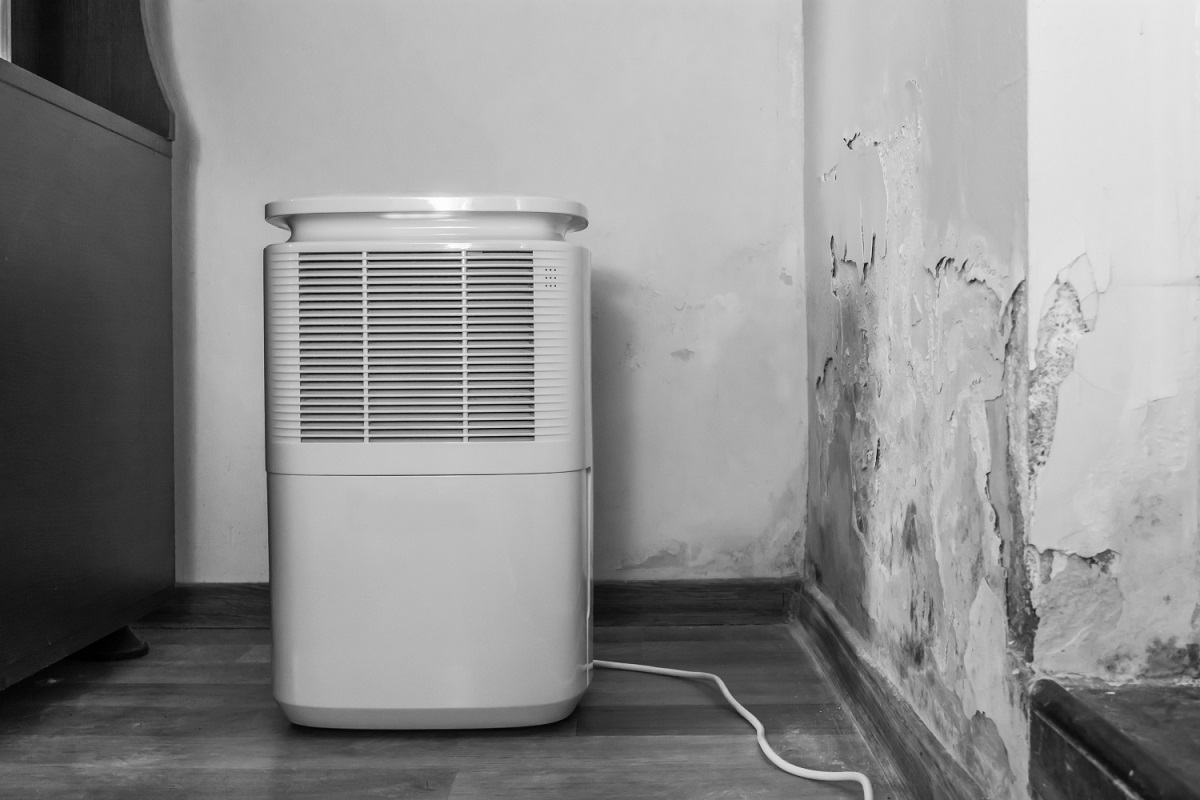
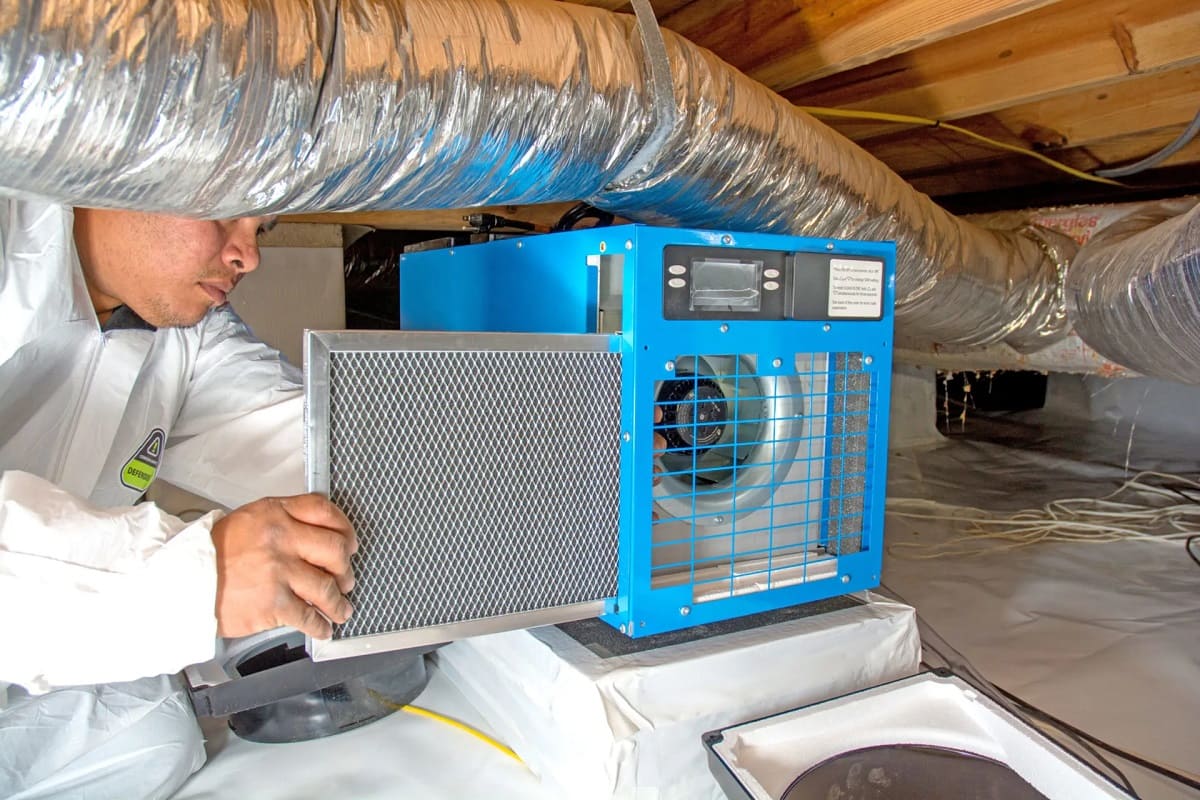
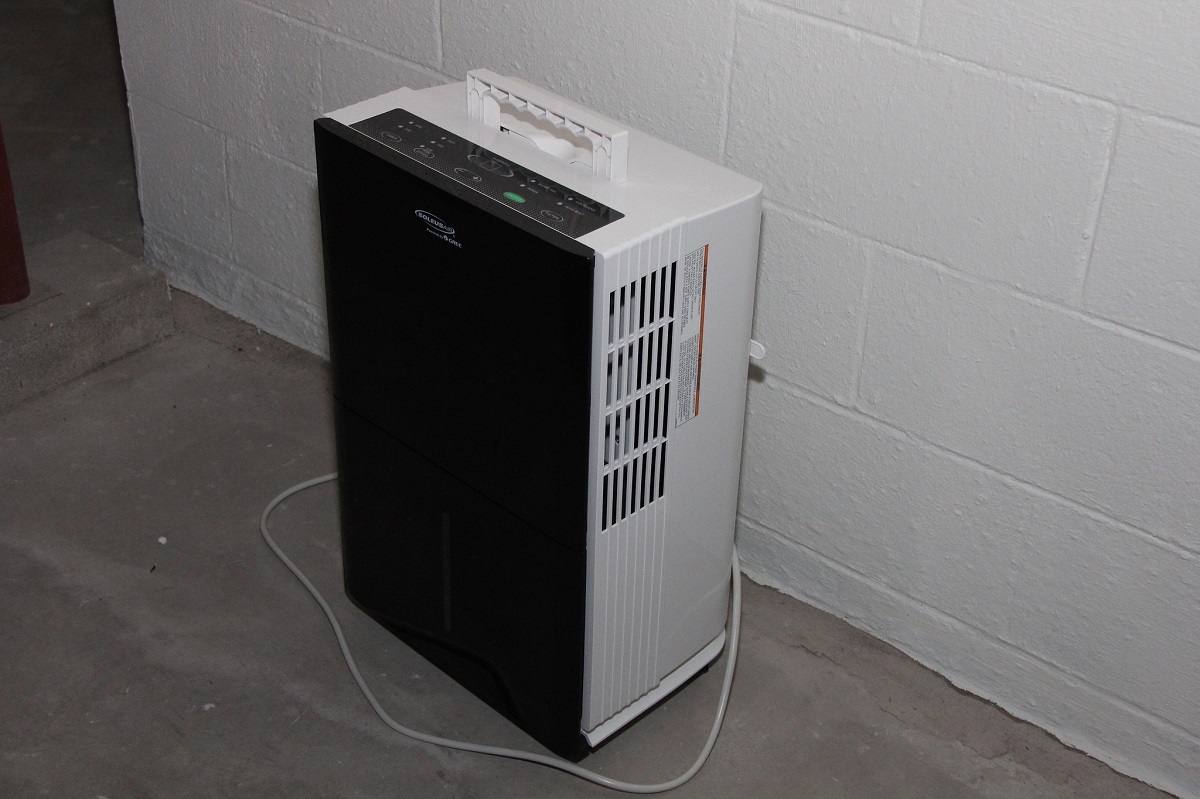
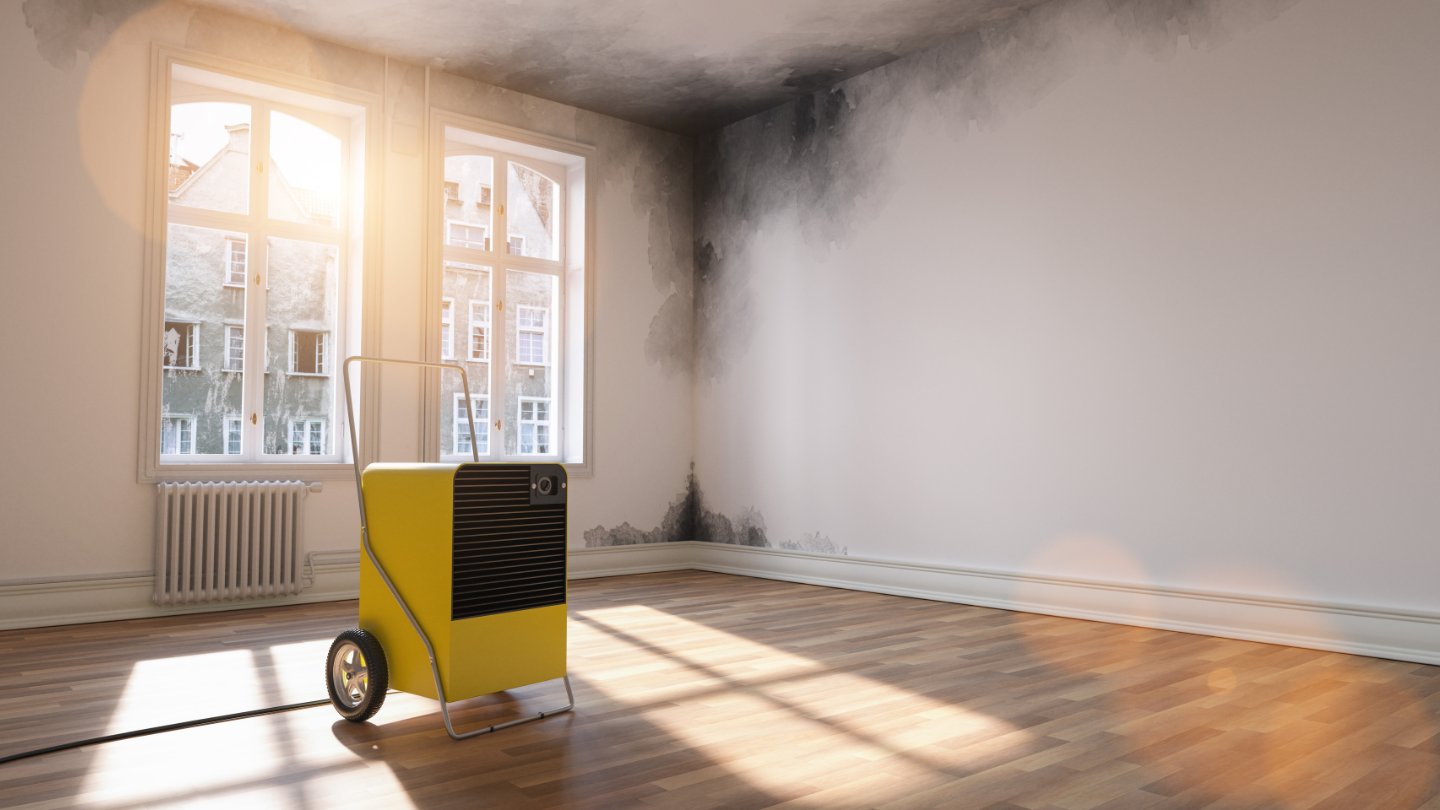
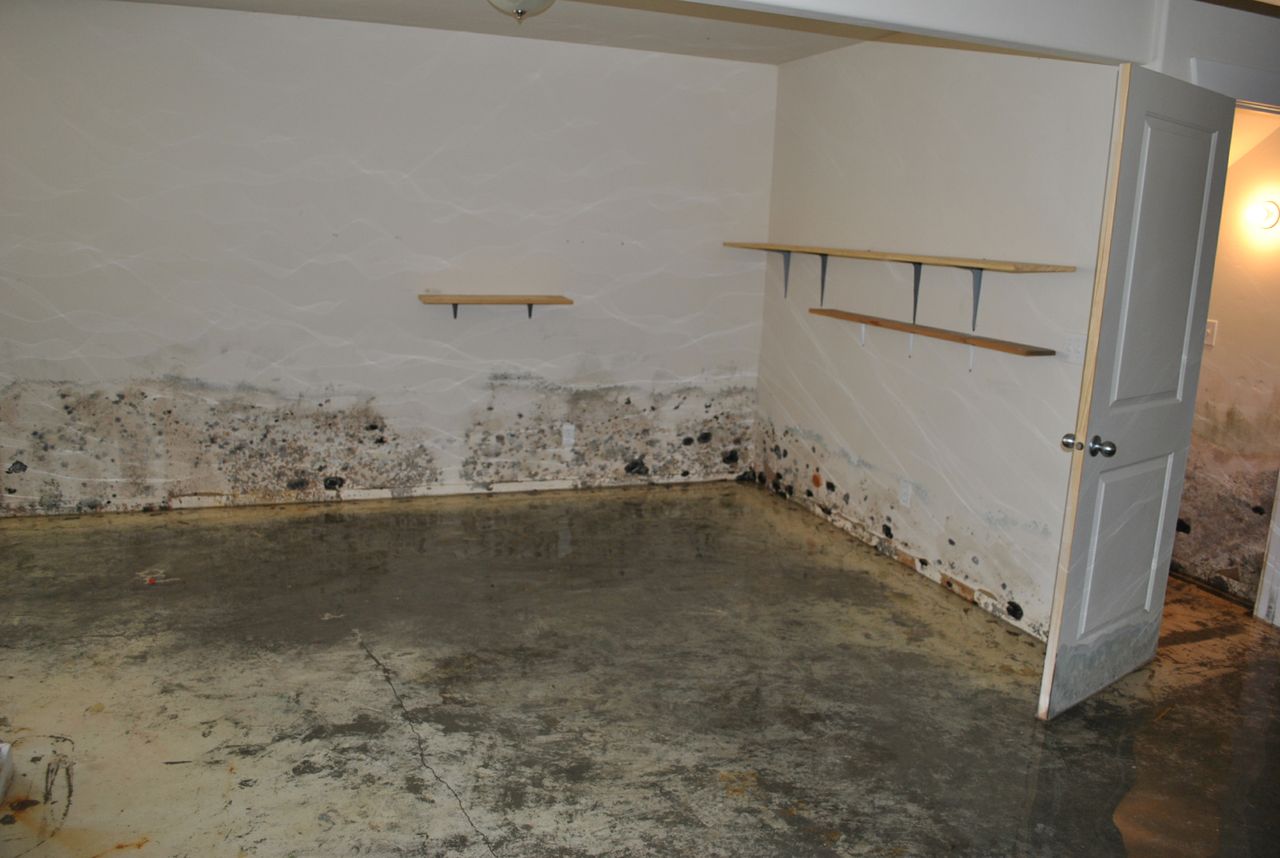
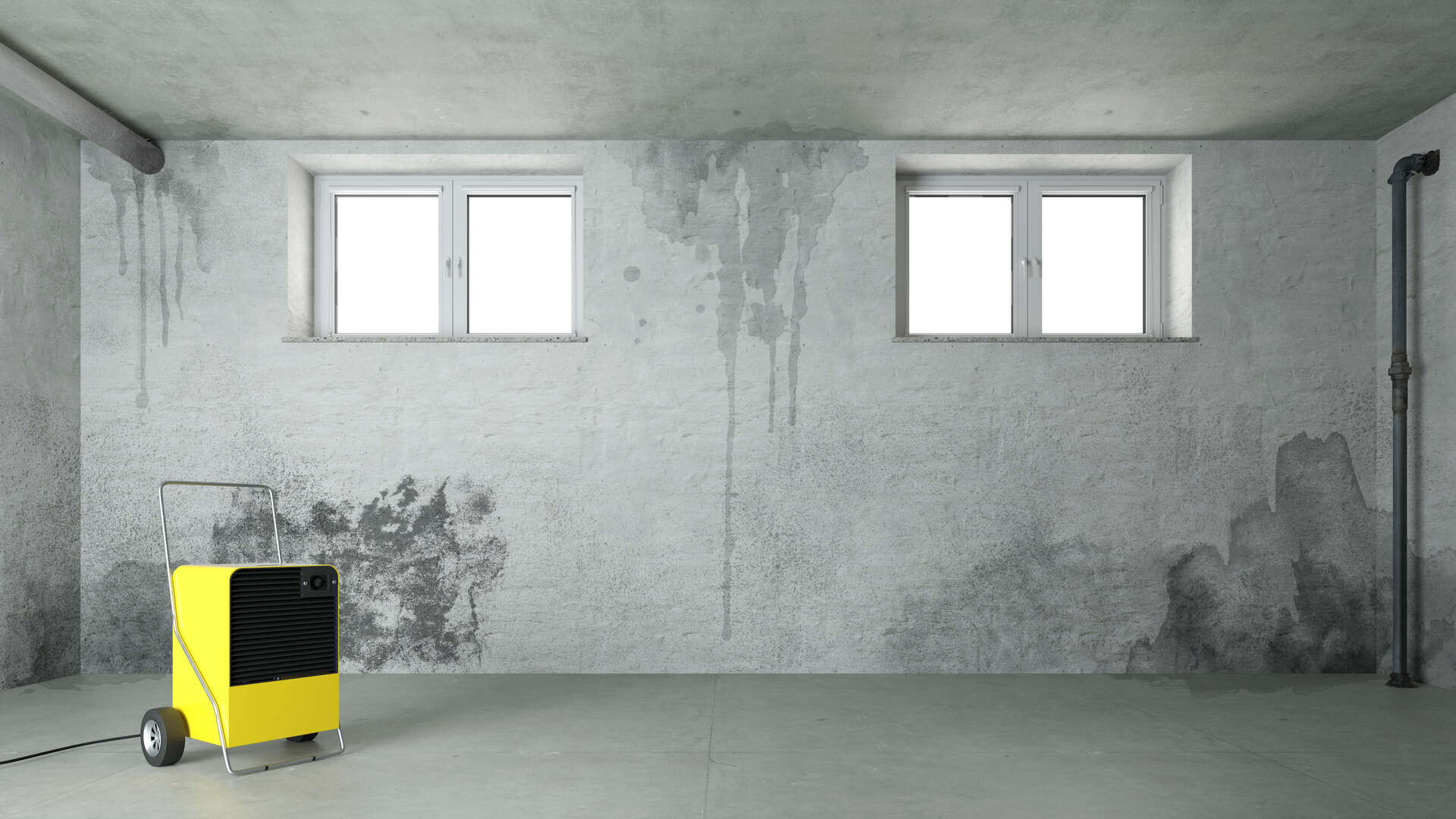
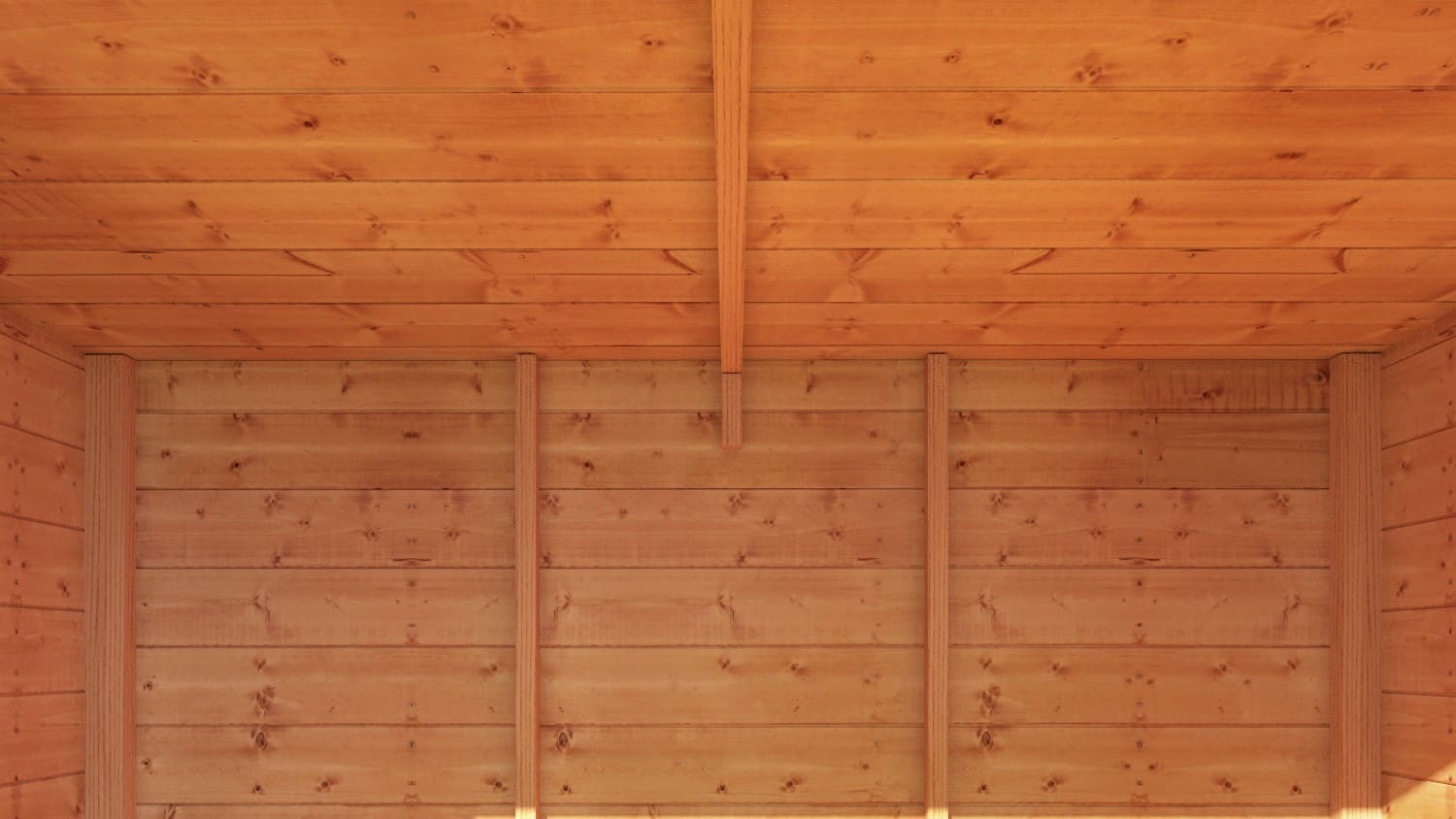
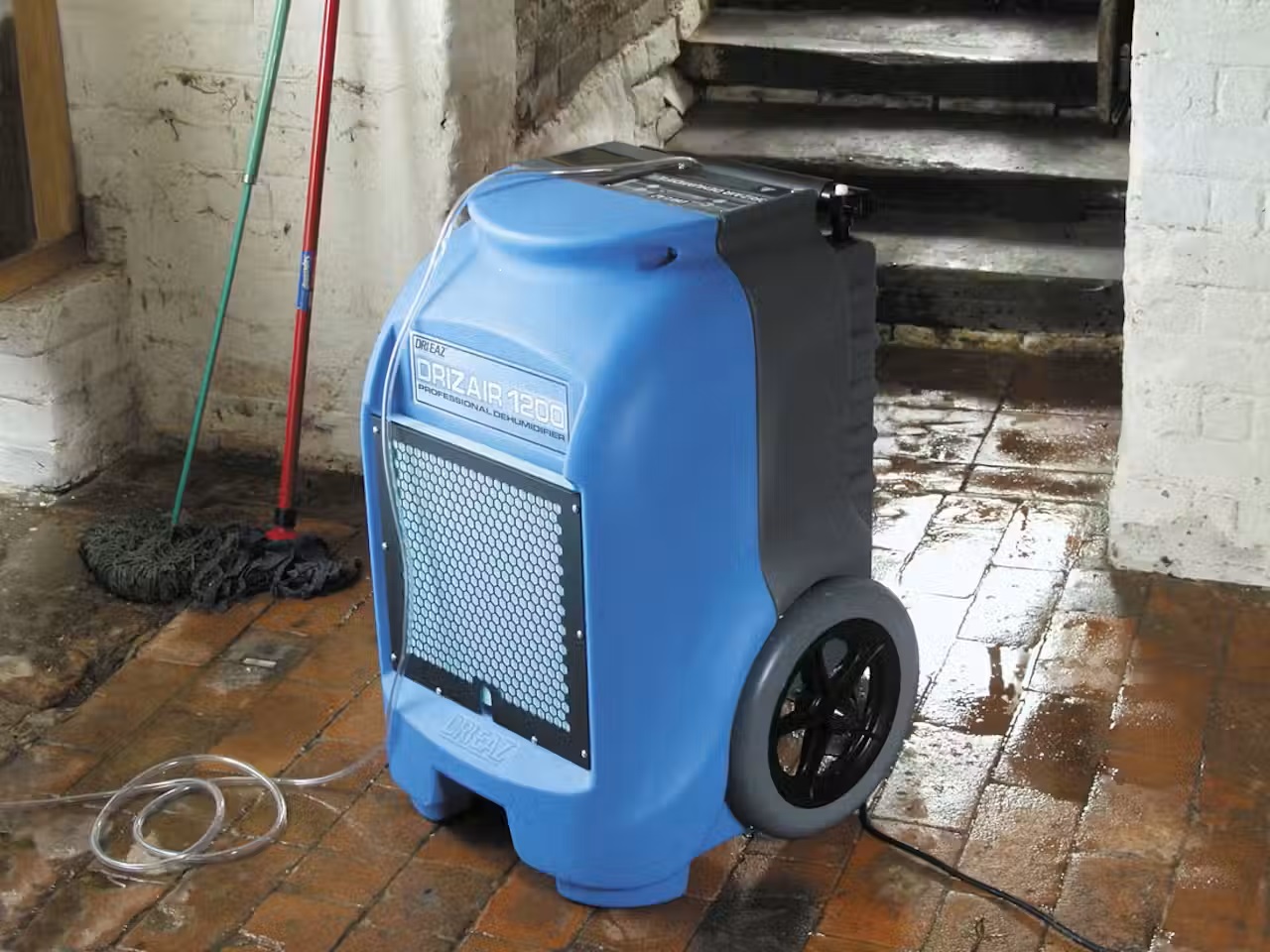

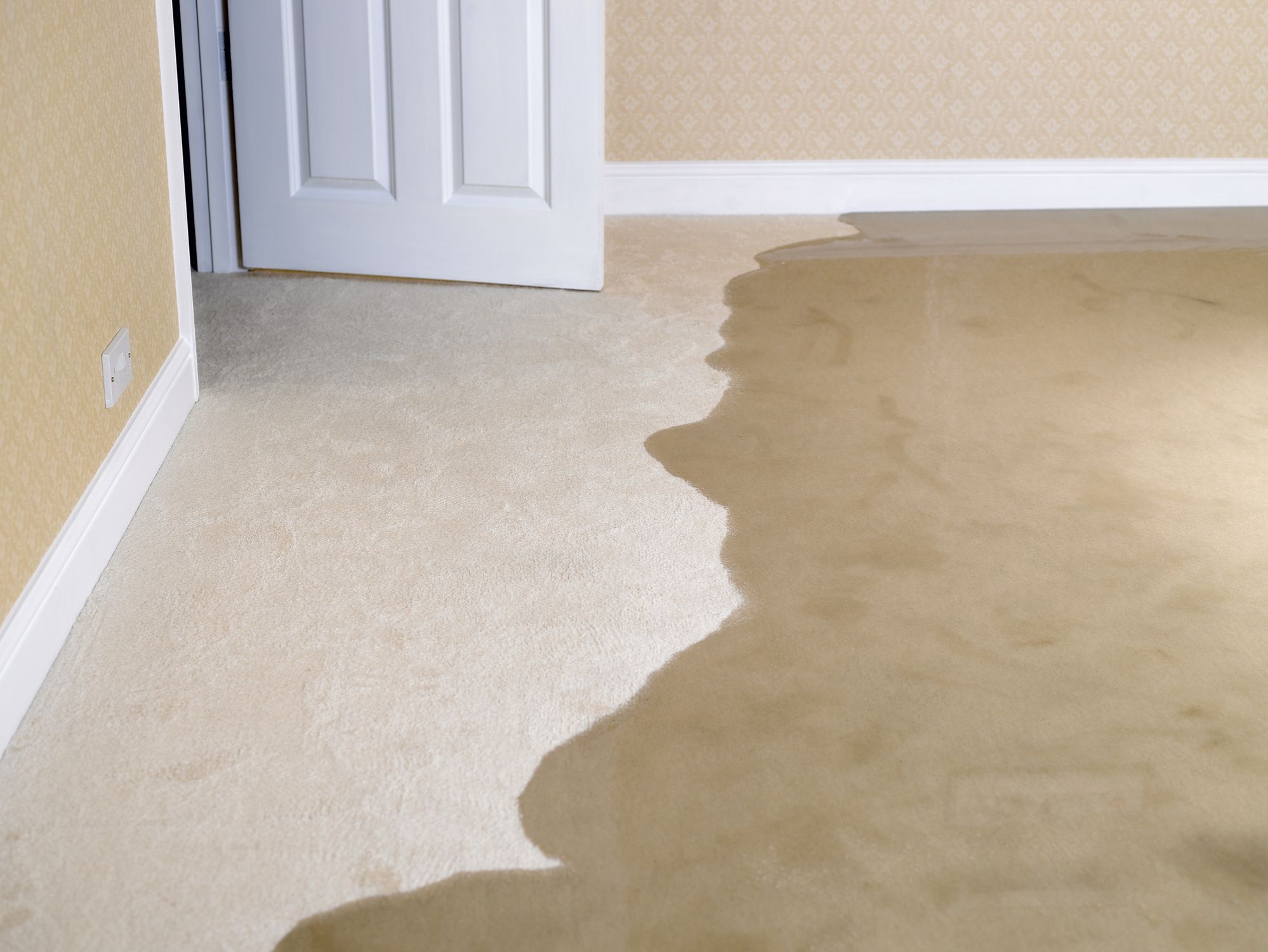
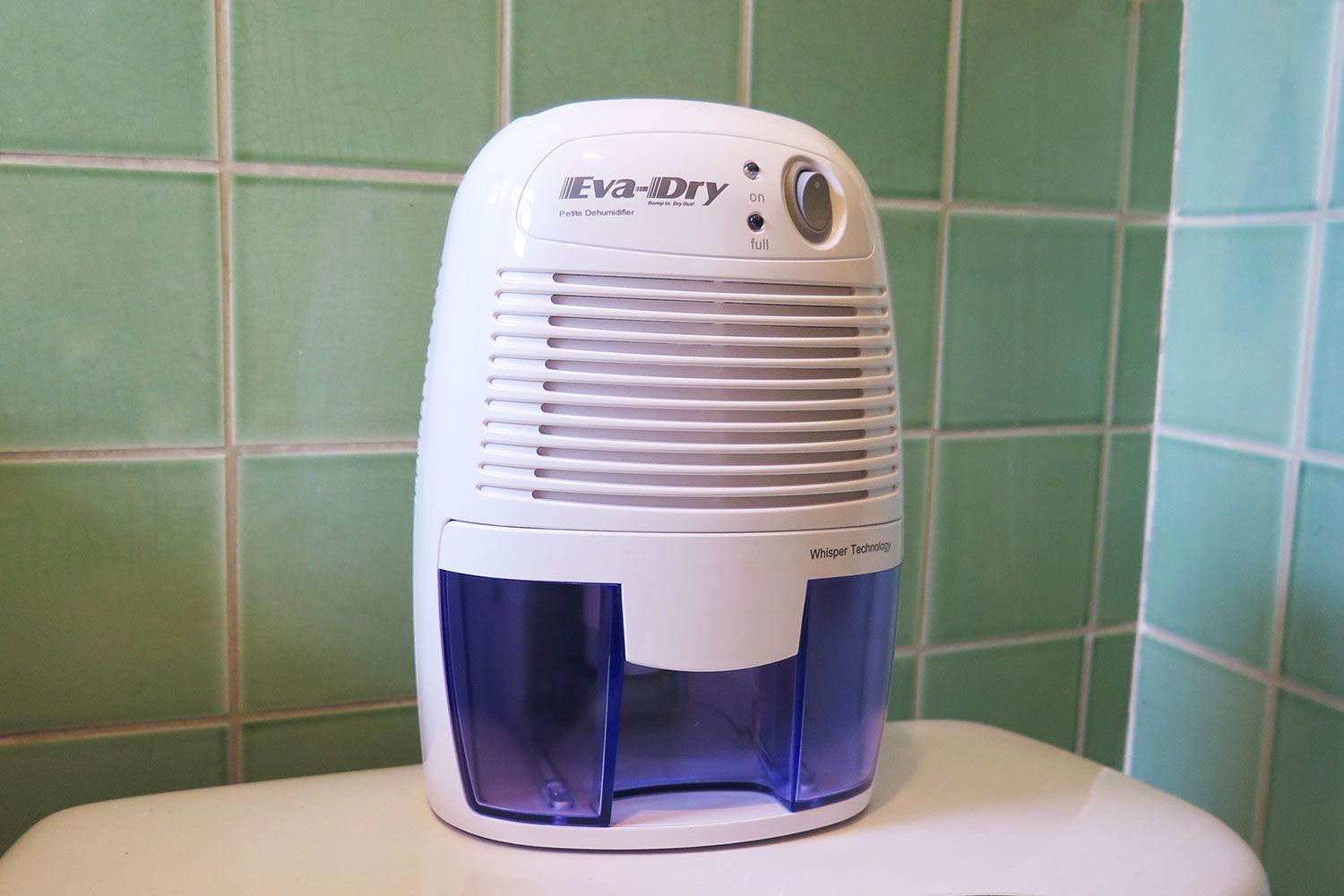

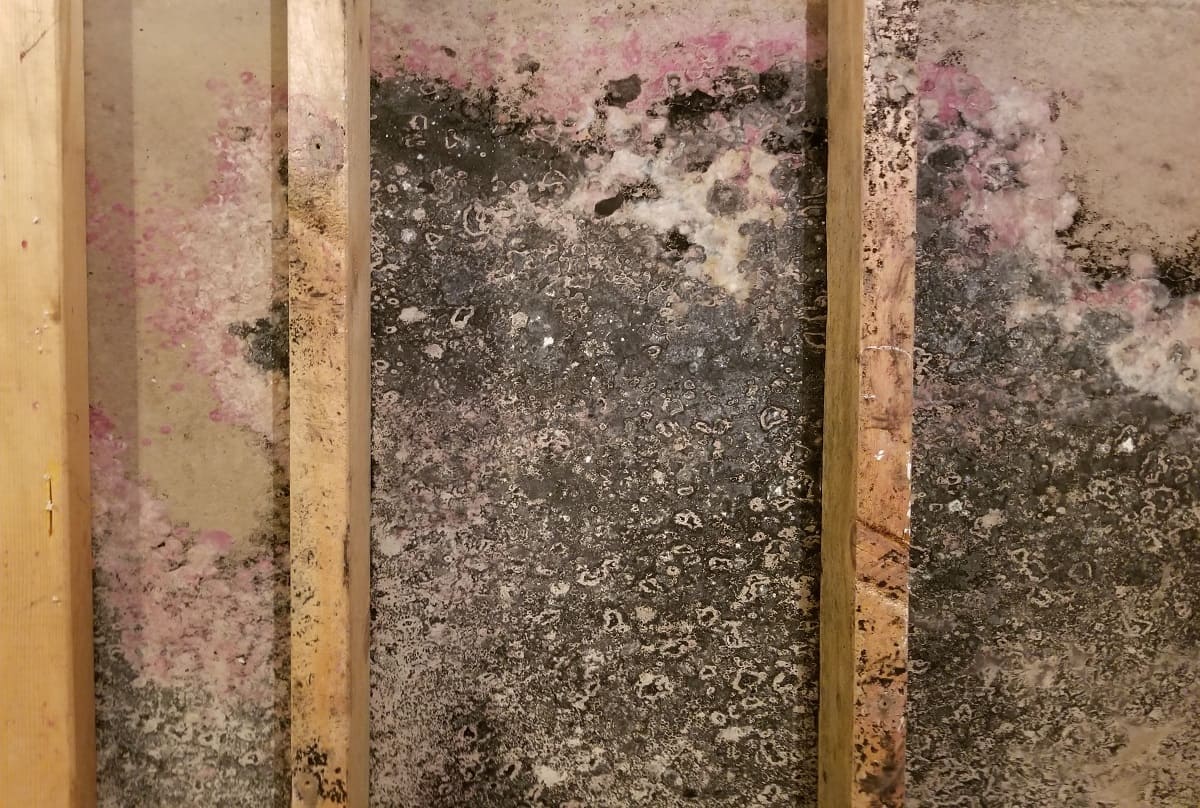

0 thoughts on “How To Keep Basement Dry Without Dehumidifier”